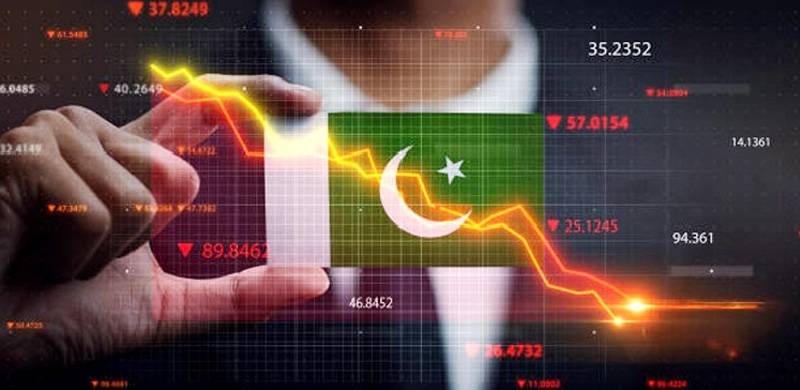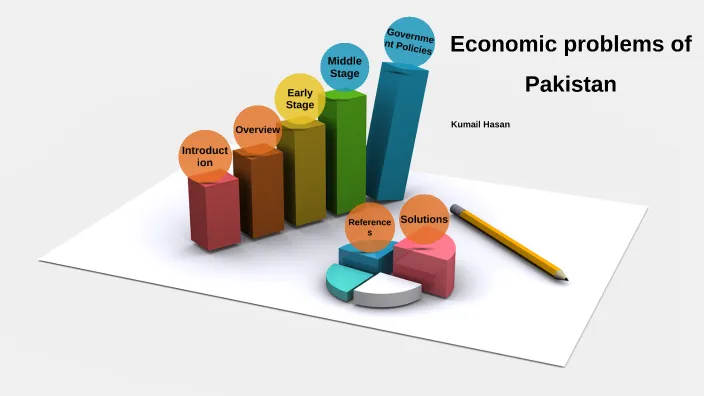Outline of the Article:
- Introduction to the Pakistan Economy
- Historical Perspective of Pakistan’s Economic Growth
- Key Sectors of the Pakistani Economy
- Challenges and Issues in the Pakistan Economy
- Government Initiatives for Economic Growth
- Role of International Trade
- Investment Opportunities in Pakistan
- Pakistan’s Growing Middle Class
- The Impact of COVID-19 on the Economy
- Future Prospects for the Pakistan Economy
- Conclusion
- FAQs
Introduction to the Pakistan Economy:
The Pakistan economy is a topic of immense importance, given its role in the global landscape. This article delves into the various facets of Pakistan’s economic structure, its historical growth, key sectors, challenges, and the potential it holds for investment and development.
Historical Perspective of Pakistan’s Economic Growth:
The historical background of Pakistan’s economic progress is extensive. The country’s economy has gone through phases of tremendous growth and downturns since attaining independence in 1947. Significant improvements in agriculture were notably brought about by the Green Revolution in the 1960s, which improved food outputPakistan’s economic trajectory has been shaped, nonetheless, by issues with governance and political instability. These historical elements have had a long-lasting effect, affecting the country’s economic situation today and its prospects going forward.
Key Sectors of the Pakistani Economy:

Agriculture:
With a large percentage of the workforce employed, agriculture is essential to Pakistan’s economy. Rice, wheat, and cotton cultivation are the nation’s main exports. Secure food supplies and profitable exports depend on a healthy agriculture industry.
Industry:
The industrial sector encompasses manufacturing, mining, and construction. Pakistan has made strides in this area, with sectors like textiles, cement, and automotive manufacturing contributing significantly to the GDP.
Services:
The services sector is a dynamic and growing part of Pakistan’s economy, encompassing finance, IT, telecommunications, and more. This sector is essential for providing employment opportunities and promoting economic growth.
Challenges and Issues in the Pakistan Economy:

Inflation:
Inflation remains a persistent challenge, impacting the cost of living and the overall economy. Controlling inflation is a priority for the government.
Unemployment:
Unemployment is a concern, especially among the youth. Addressing this issue is essential for inclusive growth and reducing poverty.
Political Instability:
Political instability has, at times, hindered economic progress. A stable political environment is crucial for attracting investment and ensuring economic stability.
Government Initiatives for Economic Growth:
The government of Pakistan has launched several initiatives to promote economic growth. These include infrastructure development, tax reforms, and investment-friendly policies.

Role of International Trade:
International trade is a driving force for Pakistan’s economy. The country exports textiles, agricultural products, and more. Enhancing trade relations with other nations is a key strategy for economic growth.
Investment Opportunities in Pakistan:
Pakistan offers promising investment opportunities, particularly in energy, infrastructure, and technology sectors. Foreign and domestic investors are exploring the nation’s potential.
Pakistan’s Growing Middle Class
The growth of the middle class in Pakistan presents an opportunity for businesses and investors. A rising middle class leads to increased consumption and demand for various goods and services.
The Impact of COVID-19 on the Economy:
The COVID-19 pandemic has affected economies worldwide, and Pakistan is no exception. The government has implemented measures to mitigate the impact and support the healthcare system.
Future Prospects for the Pakistan Economy:
Despite the challenges, Pakistan’s economy is poised for growth. With a youthful population, strategic location, and an increasingly educated workforce, the nation has the potential to achieve economic prosperity.
Conclusion:
In Conclusion, the Pakistani economy is a complicated terrain full with chances and difficulties. Its government is dedicated to growth, its economy is varied, and it has a long history. Pakistan has the potential to become into an important participant on the international economic scene as long as it keeps addressing its problems and building on its advantages.
FAQs:
- What are the key challenges facing Pakistan’s economy?
Key challenges facing Pakistan’s economy include high inflation, unemployment, political instability, fiscal deficits, energy shortages, security concerns, and public health challenges.
- How does international trade contribute to Pakistan’s economic growth?
International trade boosts Pakistan’s economic growth by increasing foreign exchange earnings, promoting economic diversification, creating jobs, enhancing productivity, expanding market access, and attracting foreign investment.
- What investment opportunities exist in Pakistan?
Investment opportunities in Pakistan include energy, infrastructure, technology, agriculture, manufacturing, real estate, healthcare, tourism, education, and retail sectors.
- How has COVID-19 impacted the Pakistani economy?
COVID-19 has had a significant impact on the Pakistani economy, leading to disruptions in various sectors, including reduced economic activity, job losses, and increased healthcare expenditures.
- What is the significance of the growing middle class in Pakistan?
The growing middle class in Pakistan signifies increased consumer demand, driving economic growth, and creating opportunities for businesses and investments in various sectors.

